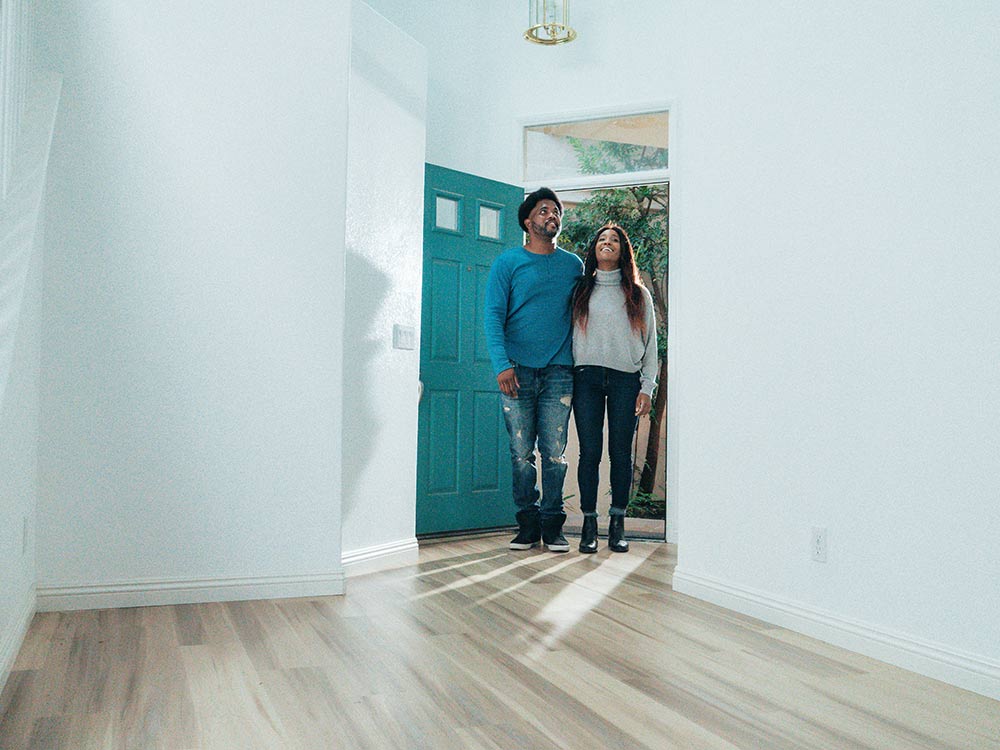Overall homeownership has been on an upward trend since Q2 2019. New data suggests homeownership has continued to be on the rise even during the pandemic, according to the Census Bureau’s HVS. As we drill down into the data by demographic, homeownership rates remain low for Black and Latino Americans. Why is BIPOC homeownership so low? REALTOR® Magazine outlines the following, referencing data from a new study:
Those populations have faced increased challenges during the pandemic, with layoffs and furloughs that have exacerbated their inability to purchase homes, according to a new study by United Way of the National Capital Area. But the study finds that some states are seeing improved rates in homeownership in those groups, in part due to policies and programs designed to create a more equitable housing market, the organization said.
The United Way of the National Capital Area states “The racial homeownership gap is worse today than it was in 1960 when housing discrimination based on race was legal–a sobering insight, given that 50-plus years have passed since housing discrimination was outlawed. Although homeownership across the country has increased in recent years, the ownership rates for non-white Americans remain low.”
So, what does reducing the racial homeownership gap look like? The Urban Institute states: “Disentangling the racial homeownership gap will require changes across the entire housing ecosystem to address entrenched structural barriers. Fair housing, fair lending and the growing role that technological innovation will play in addressing the gaps are important areas for continued data analysis and focus.” The Urban Institute has a plethora of information on their website that outlines promising solutions to these issues, with excellent resources to understand the systems in place that are preventing an equitable housing market.
TBI’s proposed solutions to 21st-century housing needs are as follows:
- Produce more affordable housing – Minneapolis eliminated single-family zoning and began to allow triplexes to be built anywhere in the city. Private builders and developers are testing the latest and greatest in design and construction to help reduce development costs and provide additional housing options. (We recommend checking out companies like Blokable!)
- Preserve existing affordable housing and neighborhoods – Two examples of programs assisting in this arena are: Washington DC’s initiative to give tenants the first right to purchase a home being sold by their landlord and the Right 2 Root campaign in Portland. Right 2 Root brings together the community and advocates for equitable and inclusive design plans in local development.
- Expand housing assistance – Regardless of removing the barriers present in the current housing market, lower-income families can still suffer from unequal opportunities in affording safe housing. Renters’ tax credits (ex. Maryland) are one example of a possible solution to this.
- Growing homeownership opportunities – Scaling unconventional loan products can help to expand access to BIPOC homeownership opportunities. Rent-to-own agreements, shared loan applications, and small-dollar loans are a few examples to help close the racial homeownership gap.
Looking for even more information surrounding this topic? We love to support those who are passionate about expanding homeownership opportunities and getting involved within the local community. We recommend reading our past blog series on the Fair Housing Act and how this also contributes to the conversation and progress towards a truly fair market:
- The Fair Housing Toolkit and How You Can Get Involved
- How to Prevent Accidental Fair Housing Violations
- Staying Informed on Fair Housing for Buyers and Renters
- NAR’s Core Standards Updates on Fair Housing
- Fair Housing Intro
Are you helping to support any of these initiatives and ideas within your local community? We would love to hear about your experiences! Follow us on social media and engage in the conversation: Facebook, Instagram, and Twitter. We thank everyone who is joining together on these critical issues and helping to be a part of the solution.

